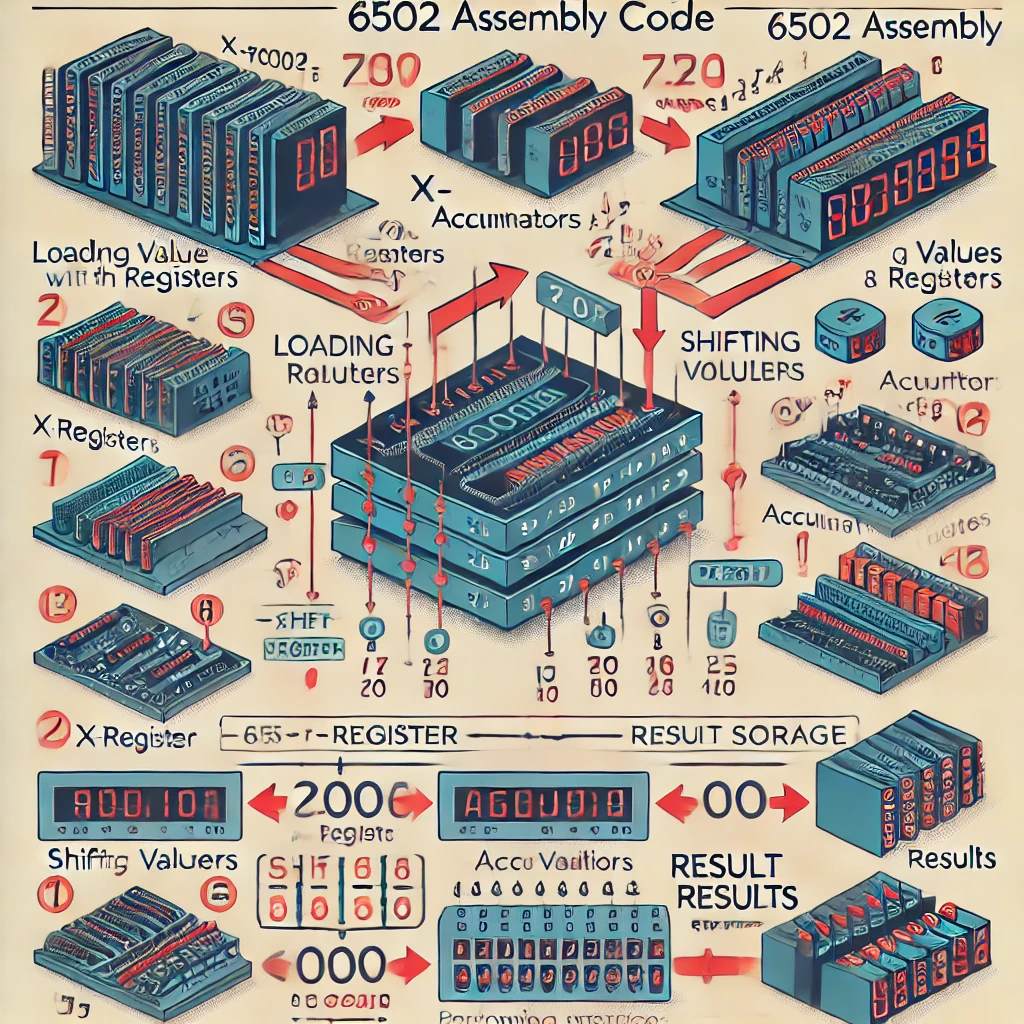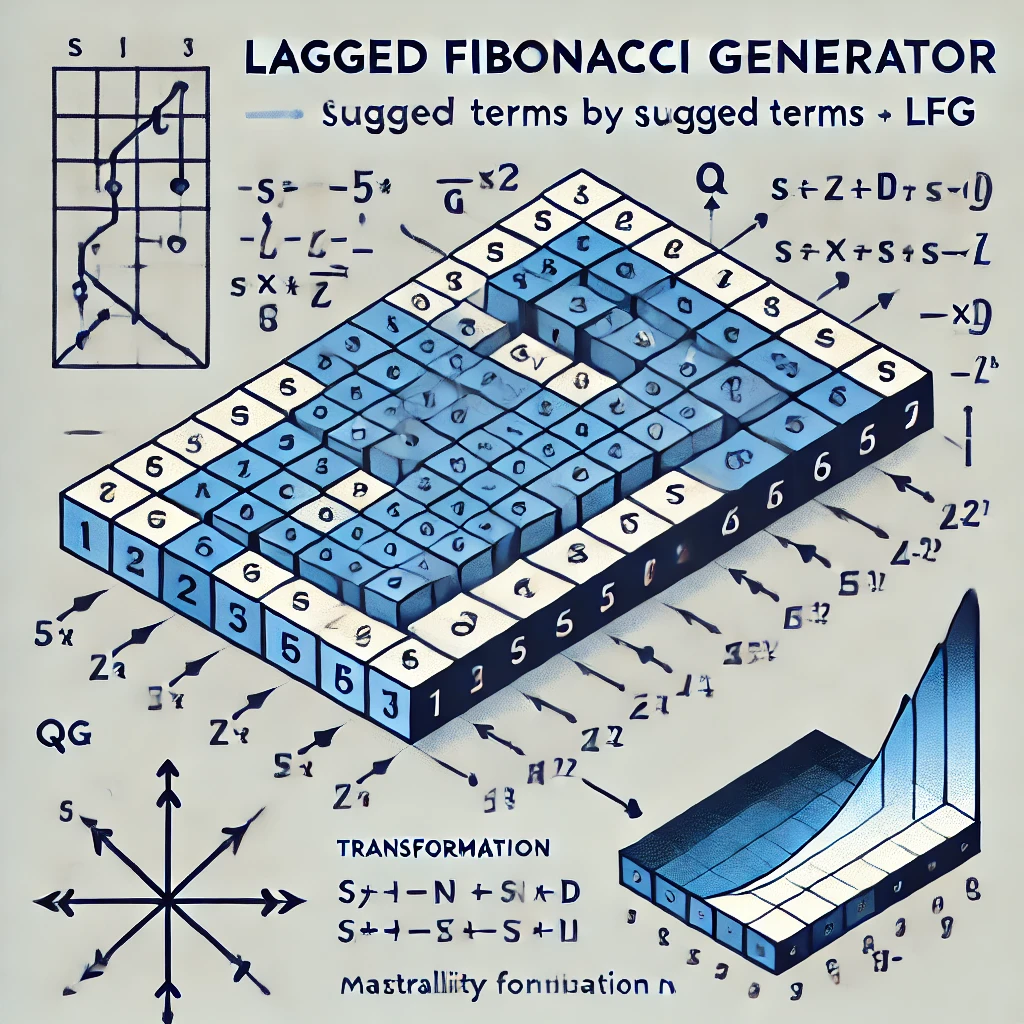- formatting
- images
- links
- math
- code
- blockquotes
- external-services
•
•
•
•
•
•
-
Short Notes: Installing GCC 13 on Debian and Ubuntu
Learn how to install and configure the latest GNU GCC/G++ compiler on Debian and Ubuntu systems. This step-by-step guide covers updating packages, adding the Toolchain Test PPA, installing GCC 13, verifying the installation, and setting it as the default compiler.
-
Short Notes: Installing the Latest CMake on Debian and Ubuntu
Learn how to install the latest version of CMake on Debian-based systems. This guide covers prerequisites, removing older versions, compiling from source, and verifying the installation.
-
Stack Overflow Vulnerabilities
This blog post explores the fundamentals of buffer overflows, including how they arise in C and C++ programs, the role of process memory layout and the x86/IA-32 architecture, and the significance of stack frames. It covers common overflow types — stack-based, off-by-one, BSS, and heap — and shows how attackers use techniques like NOP-sledding to gain elevated privileges. Finally, it illustrates how to craft a working exploit by injecting shellcode into a vulnerable application’s memory space.

-
A short Implementation of Booth's Multiplication Algorithm in 6502 Assembly
I implemented a 6502 assembly routine for multiplying two one-byte integers using Booth's algorithm. While the algorithm itself wasn't difficult to implement, it took time to create a solution that fit within 40 lines of code. I also wrote a test routine to verify the multiplication, covering various predefined combinations, edge cases, and scenarios where one factor is zero.

-
Optimizing Lagged Fibonacci Generators for Large-Scale Computations
Lagged Fibonacci Generators (LFGs) are powerful tools for generating pseudo-random sequences in simulations and cryptography. While traditional implementations become inefficient when computing sparse terms at large indices, this blog explores an optimized approach using matrix exponentiation and modular arithmetic. By encoding the recurrence relation in a transformation matrix and leveraging GPU acceleration, the method achieves scalability and speed, making it ideal for large-scale applications.
